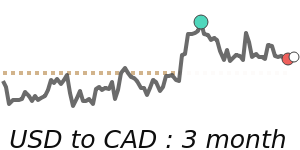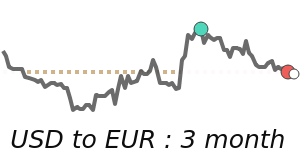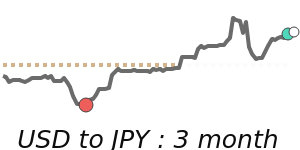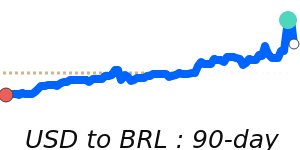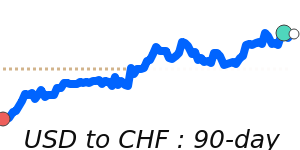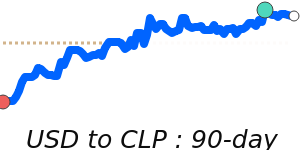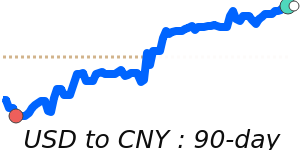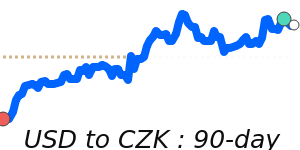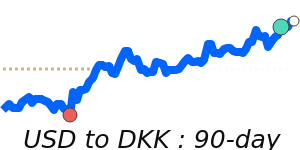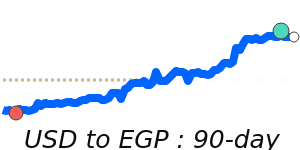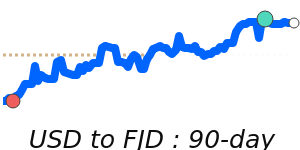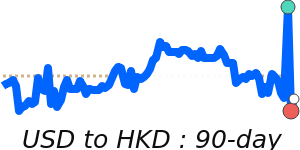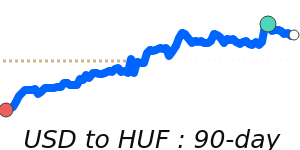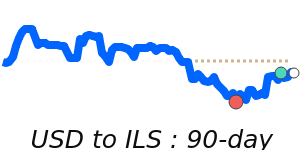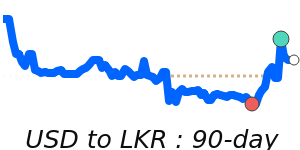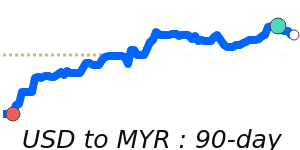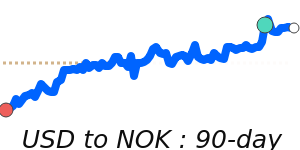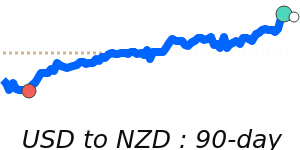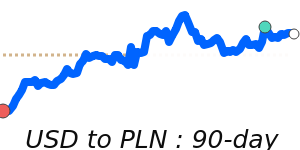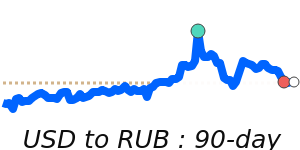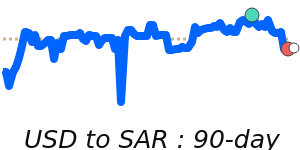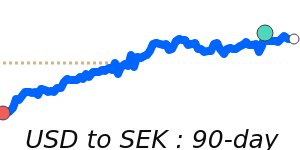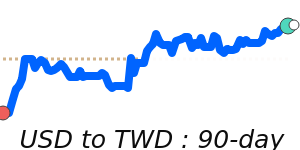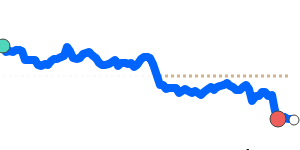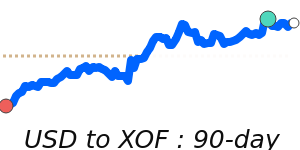The US dollar (USD) has recently experienced noticeable downward pressure, primarily driven by a combination of softer inflation data and expectations for aggressive rate cuts by the Federal Reserve in 2026. Following the release of the consumer price index, which revealed a surprising drop in inflation from 3% to 2.7% for November, analysts have adjusted their forecasts, suggesting that the Federal Reserve may ease monetary policy sooner than previously anticipated.
Market sentiment reflects a growing belief that interest rate cuts could begin as early as March–June 2026, spurred by the combination of slowing growth indicators and a resilient labour market, which prevents more drastic cuts at this time. USD trading has been influenced by these expectations, leading to a decline in the US Dollar Index (DXY) as traders reassess the currency's yield relative to other major currencies. As geopolitical tensions ease and equity markets stabilize, safe-haven demand for the dollar has diminished, reinforcing the downward trajectory.
In the context of specific currency pairs, the USD to EUR is currently trading at 0.8494, marking a 1.1% decline from its 3-month average of 0.8591 and revealing a stable trading range between 0.8482 and 0.8711. The USD to GBP has similarly dipped to 0.7406, around 1.5% below its average of 0.7518, with a tight range of 0.7406 to 0.7681 observed over the past 90 days. Conversely, against the Japanese yen, the USD remains stronger at 156.6, which is 1.8% above its 3-month average of 153.8, within a relatively stable range of 147.1 to 157.7.
Oil prices, which can substantially impact currency movements, are currently at $60.89 per barrel, a significant 3.9% below the 3-month average of $63.35, showcasing heightened volatility with a range fluctuating from $59.04 to $70.13. This decline in oil prices may contribute to weakening the euro's position against the dollar, as the eurozone is notably sensitive to energy costs.
Looking ahead, the market will be closely monitoring upcoming CPI and PCE figures, as well as communications from the Fed, to gauge the timing of any potential rate cuts. These developments will play a crucial role in shaping the USD's outlook amidst a backdrop of mixed economic data and changing risk sentiment in global financial markets.
